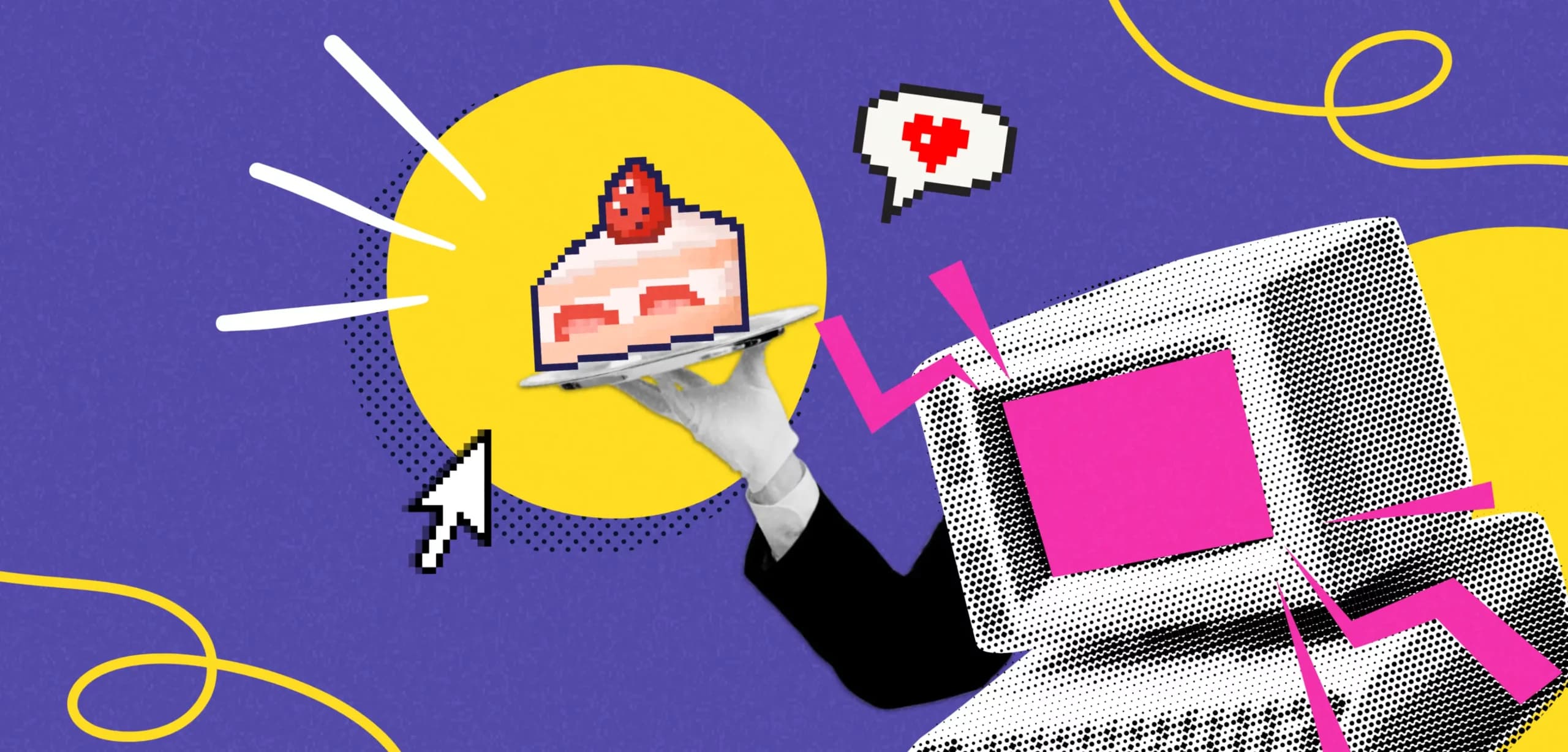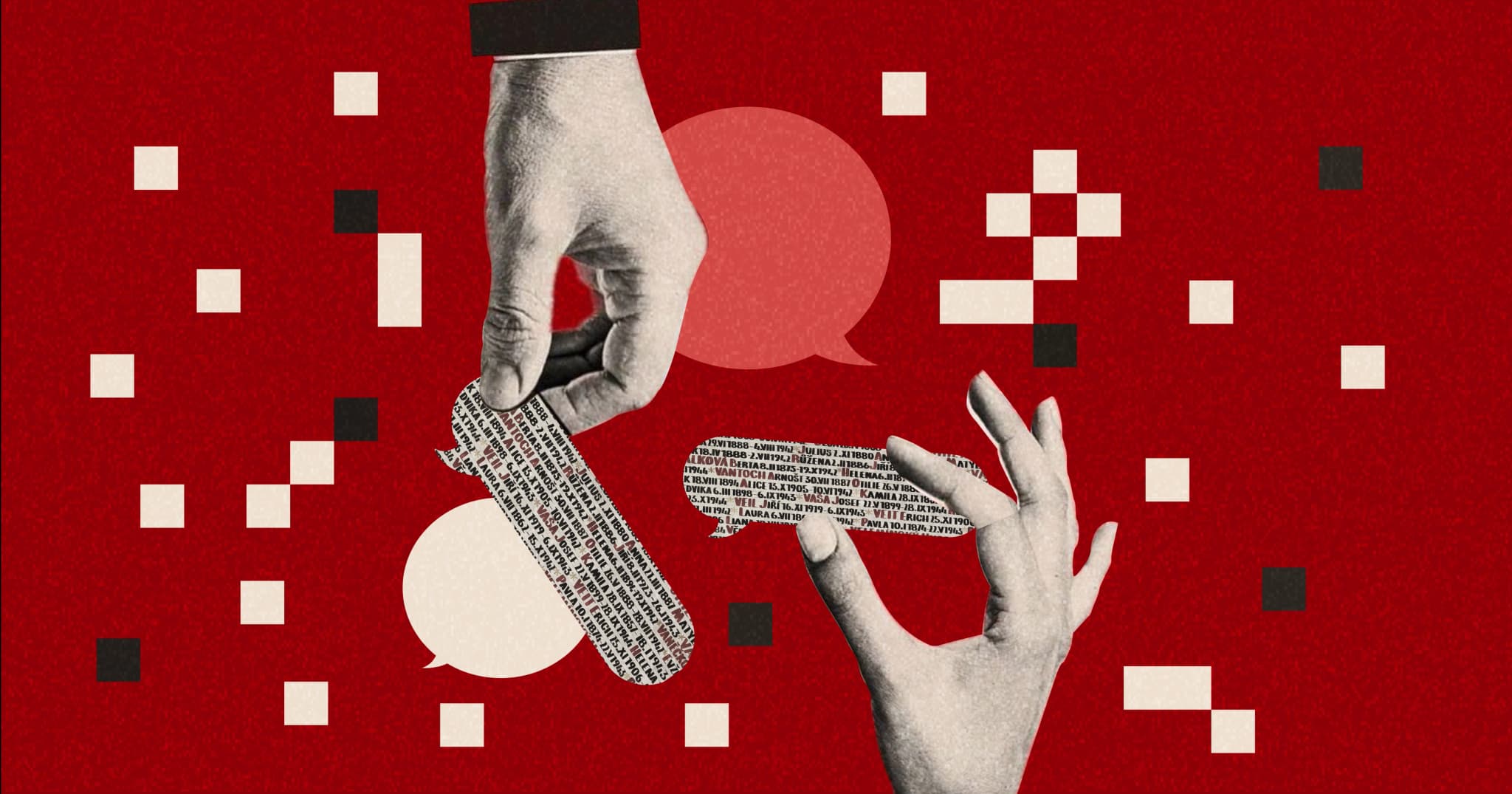Short for “picture element,” a pixel is the smallest unit of information that can be displayed on a screen. It is the foundation of digital images (or the visual internet) and is mainly represented as a tiny square.


If you have said hi to the little Spidey, then you must have noticed he is made of, what we call, ‘pixel-ated’ squares.
Pixelated images point back to a different era. In the 90s, computers had lower resolution, and hence, could only display a limited number of pixels, resulting in images with lower detail.
Thankfully, pixelation is not a problem we need to solve anymore. It is now, in fact, often employed as a desired effect, an intended focus in style.
How do pixels work?
1. Pixels work together to form a grid, creating a mosaic of colors and shapes that our eyes perceive as a complete picture or an illustration.
2. Each pixel contains information about its color and brightness, allowing for the creation of something greater than the sum of its parts.
3. Any stunning image or video that you come across on a screen consists of millions of tiny pixels. Subpixels are the individual color elements that make up each pixel on certain types of displays, such as LCD (Liquid Crystal Display) and OLED (Organic Light Emitting Diode) screens. These subpixels are typically arranged in a grid pattern, and each subpixel emits red, green, and blue (RGB) colors at varying intensities. These RGB color components create the wide range of colors you see on a display monitor.
4. Modern devices, such as smartphones, tablets, and computers, have high-resolution displays. These screens have a significant number of pixels per inch (PPI), which means that individual pixels are much smaller and closer together. When we talk about a display’s resolution, such as 8K ultra HD, numbers like 7680 x 4320 represent the pixel count. The more pixels there are, the clearer and sharper the image on a screen. As a result, images and text appear smoother and more detailed but never ‘pixelated’ in the modern day.
History
Once Adobe hit the markets in the 1980s, it popularized the practice of “creating” on digital interfaces. This meant you could draw, paint and digitally manipulate images on your computer to your heart’s content, without worrying about a canvas or expensive art supplies. However, it was not until the mid-nineties that an artist could create digitally using pixels and proper animations, thanks to Adobe Flash. Launched as multimedia software for web interactions, games, and design, Adobe Flash quickly became people’s favorite.
Flash also popularized Pixel Art around the 2000s, as a form of fun and accessible digital art. Today, it is still a unique style that uses low-resolution pixels to create nostalgic and retro-looking graphics.

Matej Jan, also known as Retro, has been curating his blog and operating his game development studio, Retronator, since 2007.
Pixel artists meticulously place each pixel manually, much like cross-stitching. Pixel art is often limited in file size and the number of colors it uses due to software constraints, either to achieve a particular look or to reduce visual noise. If artists don’t limit their colors, the resulting image will not look like it was made to recapture the style of retro consoles.
It all depends on what you want to accomplish with your pixel art.
Popular indie games like Stardew Valley (2016), Undertale (2015) and Eastward (2021) make use of 2D pixel art to create visually striking worlds that transport a player to a different and much simpler era.

Stardew Valley (2016)
Significance
Despite the discontinuation of Adobe Flash in 2020, pixels continue to play a crucial role in modern digital design. From web design to graphics, understanding the concept of pixels is essential for creating visually appealing and optimized content. Here’s why:
1. Pixels provide the building blocks for images, animations, and user interfaces. With the rise of high-resolution displays, designers are increasingly concerned with pixel density and ensuring crisp, sharp visuals.
2. Additionally, pixels are important in determining the layout and positioning of elements on a screen. They allow designers to precisely control the size and alignment of text, images, and other elements.
3. Overall, despite the advancements in technology, pixels remain a fundamental concept in digital design.
As a designer, knowing pixels like the back of your hand comes pretty handy. At the same time, fretting over your pixels can take your mind off other important things in design, like composition, brand imagery, user experience, and, most of all, your own intuition. It’s important to strike a balance between pixel-perfect precision and creative exploration.
Moral of the story:
While pixels are a pretty important and non-dismissable part of your job, make sure you never miss the bigger picture.

.webp&w=2048&q=75)

